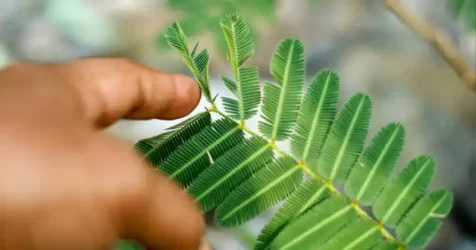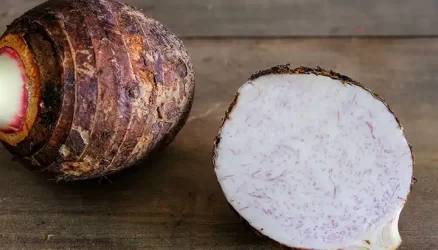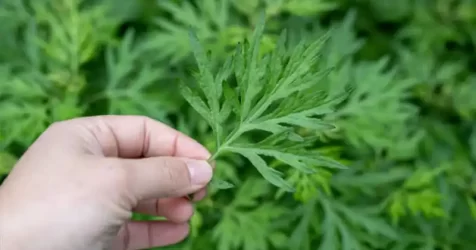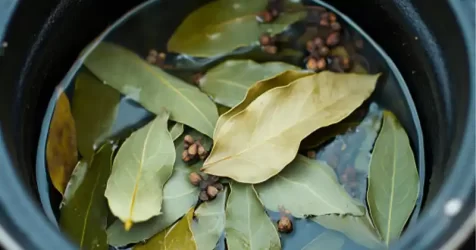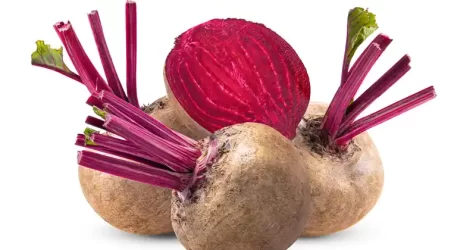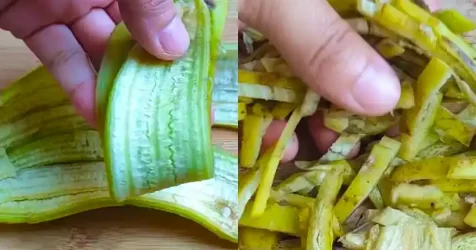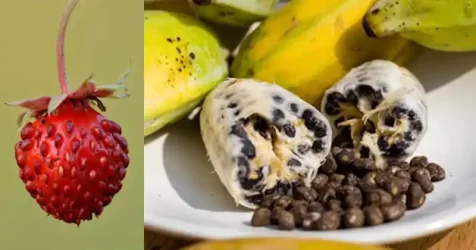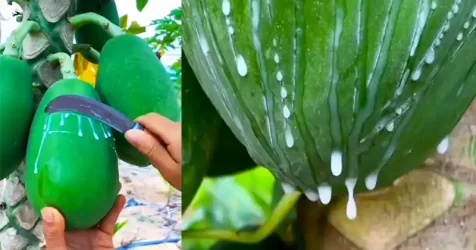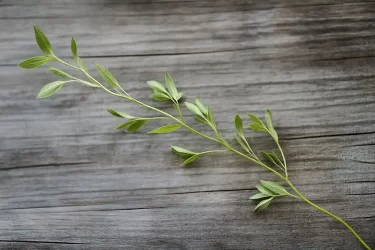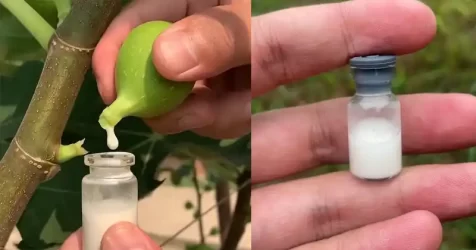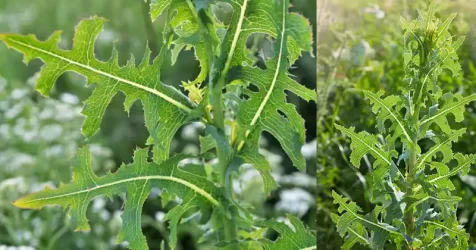How to Plant Lemon in a Mug to Scent the House
The plants that we have in our home decorate the environment and purify the oxygen we breathe . Those plants that we decide to have inside and outside our home are selected by us for their colors, textures, aromas, and in some cases for their consumption as well.

Lemon is an exceptional fruit, rich in vitamins and with powerful benefits, both for health and for our home. That is why today we will show you how to germinate lemon seeds so that you can have this wonderful plant in your home and decorate the space and fill it with a rich aroma .
Get lemon seeds

For this first task you have several options: you can take the seeds that you discard from the next lemon you eat , and in this way turn your waste into a new possibility of life or buy a package with lemon seeds .
Regardless of the way you get your seeds, you will have to get a pot or bowl to grow it there and a little soil to fill the container of your choice . Keep in mind that if you decide to use the seeds of a lemon that you have consumed, it is convenient that you leave them in water for a while to remove the small skin that covers them.
Put the seeds to germinate

Once you have the seeds ready to plant, you have two possible ways: the first is to place them directly in the bowl or pot with soil and put them under about 3 cm deep from the surface . This method is easier since you will not have to transplant when the seed has already germinated.
The second possible way you have is to place a thin layer of moistened cotton in a small cup , on top of the seeds and on top of these another thin layer of moistened cotton . If you choose this method you can have more controlled humidity and temperature. Once the seeds sprout, you should take them to the bowl or pot with soil.
How long does it take for a lemon plant to germinate?

Lemon plants as we have mentioned above are great for their healthy characteristics and are also ideal to contribute to the cleaning and scent of the home or the space where you place it, but they will make you wait a bit.
The seed takes about 5 to 8 days to germinate , depending on the method you use. And then for the development of its growth it will vary depending on the living conditions that you give them, the humidity that the earth has, the temperature where you plant it, among other variables that we will detail soon.
How to take care of my lemon plant

Lemons , like all citrus fruits , have a special but very simple care . If you want to have it in the comfort of your home, we will tell you how to treat it to have it in optimal conditions:
-Ground
The land where you keep your lemon tree must be permeable and airy . The lemon plant needs a lot of water, but it needs a soil that can absorb it in the best possible way. If over time you move your lemon tree to a larger pot to give it more room for its growth, remember to give it depth so that its roots stretch and it can grow strong.
-Temperature
The lemon plant is one of those with the greatest sensitivity to cold , and that is why you have to take care of it from low temperatures . Lemons feel more comfortable in Mediterranean climates where temperatures generally range between 15 and 25 degrees.
-Irrigation
Humidity is another big important factor to take into account, as it needs a lot of water . If you get a good soil with aeration and fluidity, you will be able to interpret your plant more easily. It is important to water slowly to allow it to absorb and not puddle, and that the soil always remains moist.
-Pass
Compost is another important part when it comes to caring for your lemon tree. If you move it to a larger pot you can place compost or worm compost in the bottom of it , before transplanting it . You can do it 1 time a year or every 6 months. This will give great organic wealth to the soil and will improve its growth and production.
-Pest
The lemon tree usually contracts different types of pests that if you know them you can prevent them. One of them is mealybugs, which are small white lumps that you can see on the stem, branches, and leaves. Others are the aphids that affect the leaves more strongly and begin to curve them until they dry and fall. There are different types of treatments for these pests. It is important if we see any of them go to our trusted nursery and ask for a recommendation to treat and prevent them.

